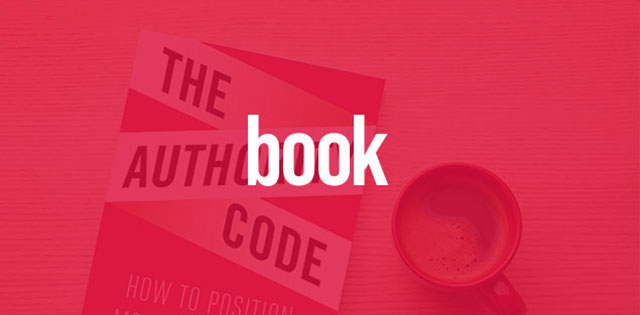Why You Only Need A Handful Or Two Of Good Stories
- February 2, 2022
- Posted by: Rochelle
- Category: Marketing + Selling

We all know stories sell.
The right story—well told—that illustrates how you transform your ideal client seals the deal.
You probably already have a go-to favorite—a crazy over-the-top, but 100% true story of one of your best client outcomes.
And that probably works its magic on a regular basis.
But chances are it isn’t right for every situation or every sweet-spot client.
Which is why you need a handful or two of good stories—that are easy to remember because you’ve figured out exactly how to tell them.
And sticking to a couple handfuls of easy-to-tell-because-you’re-prepared stories is far easier than producing a well-told outlier on the fly.
Of course, you’re spending most of your sales meetings listening, not telling stories.
Which is why you want to have those top stories already locked and loaded in your head so you aren’t wasting precious time when you should be listening.
What makes a top story? One that clearly shows the transformation you make with/for your sweet-spot clients. How they’re far better off after you’ve worked with them then they were when you started.
Just make those details vivid and juicy so your audience can see and smell and taste them.
Let’s say for example that you’re an expert at the people side of mergers and acquisitions.
Your go-to story might be about successfully merging two completely different cultures. A David and Goliath perhaps.
But not every situation is so black and white. You’ll trot out a different story when:
The CEO’s concern is how to ensure the new organization is aligned around continuing to satisfy a particular key customer.
There is a real need to ensure the engineering department hits the ground running on a bet-the-next-year new product.
The businesses are heavily regulated and the merger must satisfy outside parties beyond customers and shareholders.
The two sales forces are radically different and a key deliverable will be deciding how to structure their roles and compensation to retain top performers.
See what I mean? The David and Goliath story just doesn’t cut it here.
All you have to do is chart out the kinds of problems you hear from your clients, and design a simple story menu: if this problem, then that story.
The best part? Thinking it through ahead of time will likely bring up a few stories you might have forgotten but that show your ideal client you’re exactly the right match.
p.s. Like what you see here? Head on up to that orange bar to sign up pronto and I’ll deliver my weekly insights directly to your in-box.






